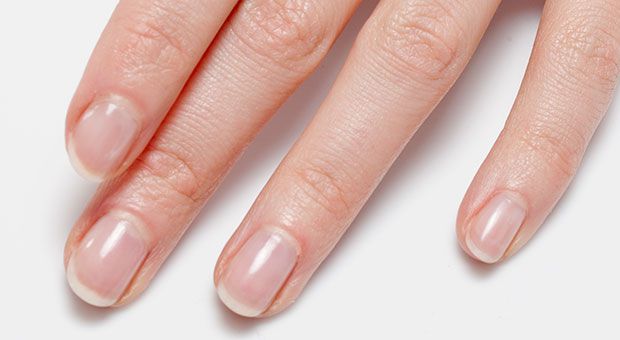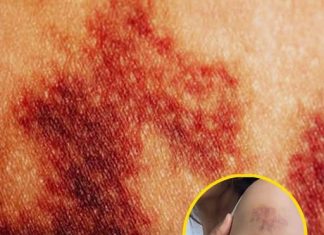Your fingernails can serve as a window into your overall health. Changes in their appearance can sometimes signal underlying medical conditions. While minor variations are often harmless, it’s essential to be aware of certain nail abnormalities that might require attention.
1. Beau’s Lines
Beau’s lines are deep grooves that run horizontally across the nails. They occur when nail growth slows or stops due to illness or injury. Conditions like pneumonia, heart attack, or uncontrolled diabetes can cause these lines. In severe cases, the nail may stop growing long enough to form a full gap, known as onychomadesis. Nutritional deficiencies, such as a lack of zinc, calcium, or biotin, can also contribute to the development of Beau’s lines.

2. Terry’s Nails
Terry’s nails are characterized by a white nail bed with a narrow pink band at the tip. This condition can be associated with liver disease, such as cirrhosis, as well as heart failure and diabetes. While it may be a normal part of aging, it’s essential to consult a healthcare professional if you notice this change in your nails.
3. Spoon Nails (Koilonychia)
Spoon-shaped nails, or koilonychia, have a concave shape, resembling a spoon. This condition can be a sign of iron deficiency anemia, heart disease, or hypothyroidism. If you observe this nail shape, it’s advisable to seek medical evaluation to determine the underlying cause.
4. Clubbed Nails
Clubbing refers to the enlargement of the fingertips and a downward curvature of the nails. This condition is often associated with lung diseases, such as chronic obstructive pulmonary disease (COPD), and heart diseases. If you notice your nails becoming clubbed, it’s crucial to consult a healthcare provider for further assessment.
5. Pitted Nails
Small depressions or pits on the nail surface can be indicative of psoriasis, eczema, or alopecia areata. These conditions are autoimmune-related and may require specific treatments to manage symptoms.
6. Discolored Nails
Changes in nail color can signal various health issues. Yellow nails may indicate fungal infections or respiratory conditions. White nails can be a sign of liver disease, while dark streaks might suggest melanoma. If you notice significant color changes in your nails, it’s essential to seek medical advice promptly.
7. Brittle or Cracked Nails
Nails that are brittle or prone to cracking can result from nutritional deficiencies, dehydration, or excessive exposure to chemicals. Ensuring adequate intake of vitamins and minerals, staying hydrated, and protecting your nails from harsh substances can help maintain their health.
When to Consult a Healthcare Professional
While occasional changes in nail appearance are common and often harmless, persistent or severe alterations should not be ignored. If you experience symptoms like fatigue, weakness, swelling, heart palpitations, or weight loss alongside nail changes, it’s essential to consult a healthcare provider. Early detection and treatment of underlying conditions can prevent complications and promote overall health.

Conclusion
In conclusion, paying attention to the health of your fingernails can provide valuable insights into your overall well-being. Regular self-examinations and awareness of any changes can aid in the early detection of potential health issues. If you notice persistent or concerning nail abnormalities, seek medical advice to ensure appropriate care and treatment.

















